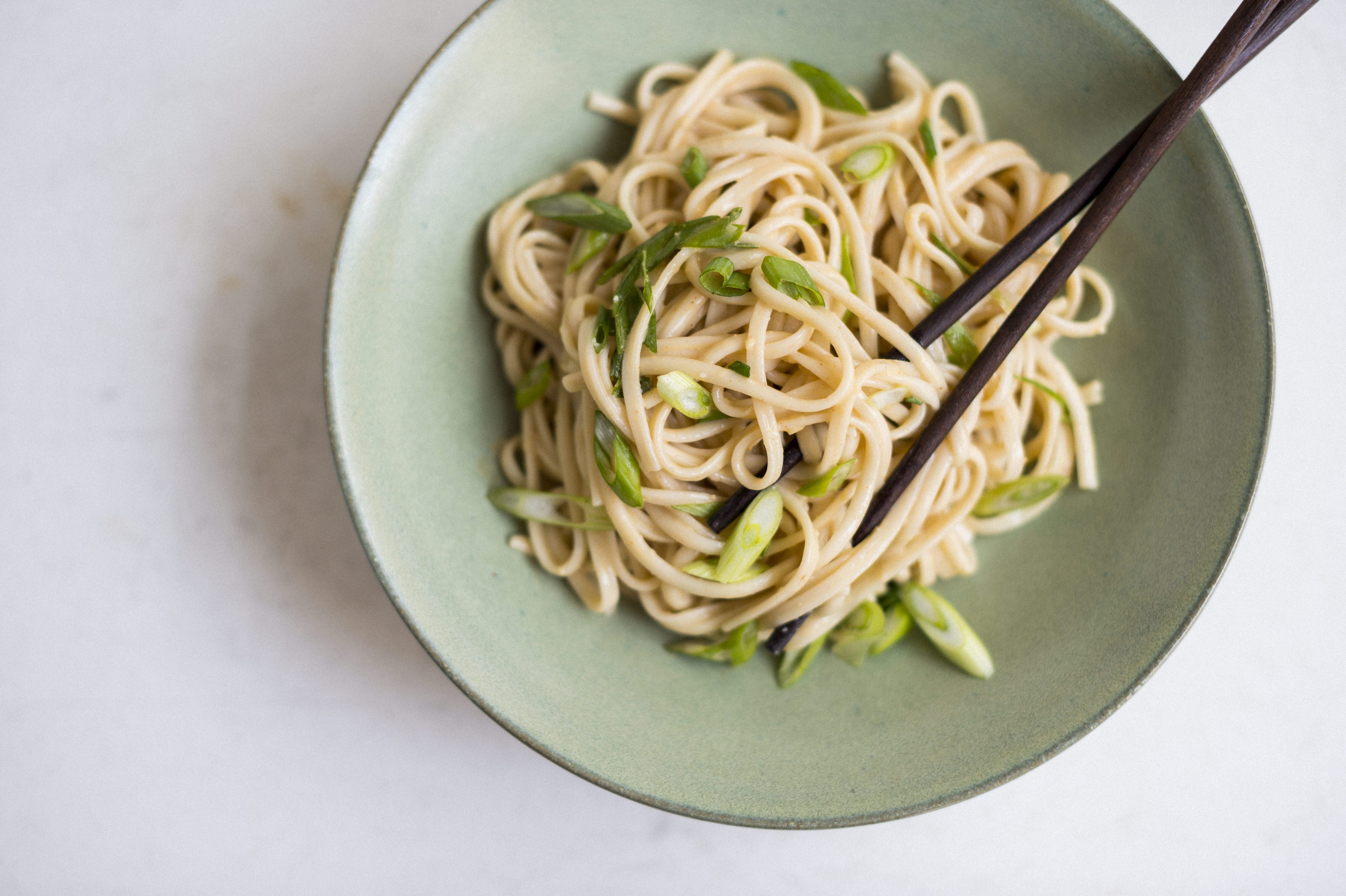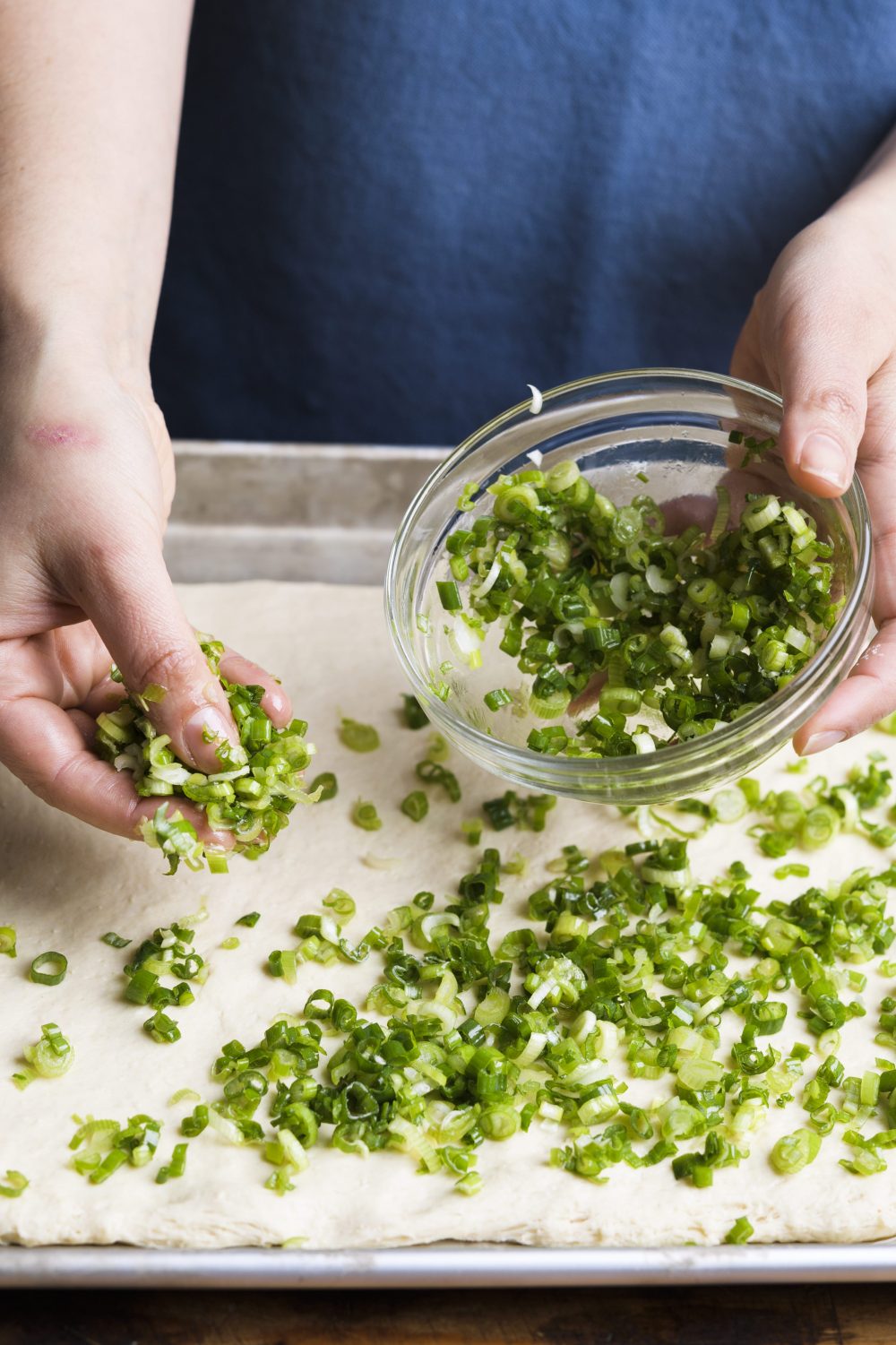When you’re cooking with scallions, also known as green onions, oftentimes the recipe won’t specify whether you’re supposed to use the green part or the white part. It was no surprise, then, that the question surfaced on the call-in portion of Milk Street Radio recently, and hosts Sara Moulton and Christopher Kimball were at the ready.
The white end of the scallion is more pungent and benefits from cooking, Moulton and Kimball agreed, whereas the greens, more grassy and peppery in flavor, are best as a garnish.
So if the recipe calls for cooking the scallion and doesn’t otherwise specify, you can assume it’s calling for the white part. If you’re simply to sprinkle chopped scallion on top of the dish, it’s a safe bet that the greens are best.

Some recipes will specify, as in our Stir-Fried Chicken with Snap Peas and Basil, Chinese Chili and Scallion Noodles and Cardamom-Lime Chicken and White Beans. Otherwise, follow the rule of thumb that as the scallion progresses from light to dark in color, the flavor becomes milder and less in need of cooking. If you want to cook the whole scallion, add the white to the heat first, before the green.
Also note that if the tops of the greens are dry and withered, you can chop that portion right off. For more on getting the most from your alliums, check out our quick tip for taming the flavor of raw onion and this guide for the best way to cook common varieties, including yellow, red, white and Vidalia—a chart we mapped out while testing our recipe for Senegalese-Braised Chicken with Onions and Lime (Chicken Yassa).
Join the conversation on Facebook, Twitter, Instagram and Pinterest


